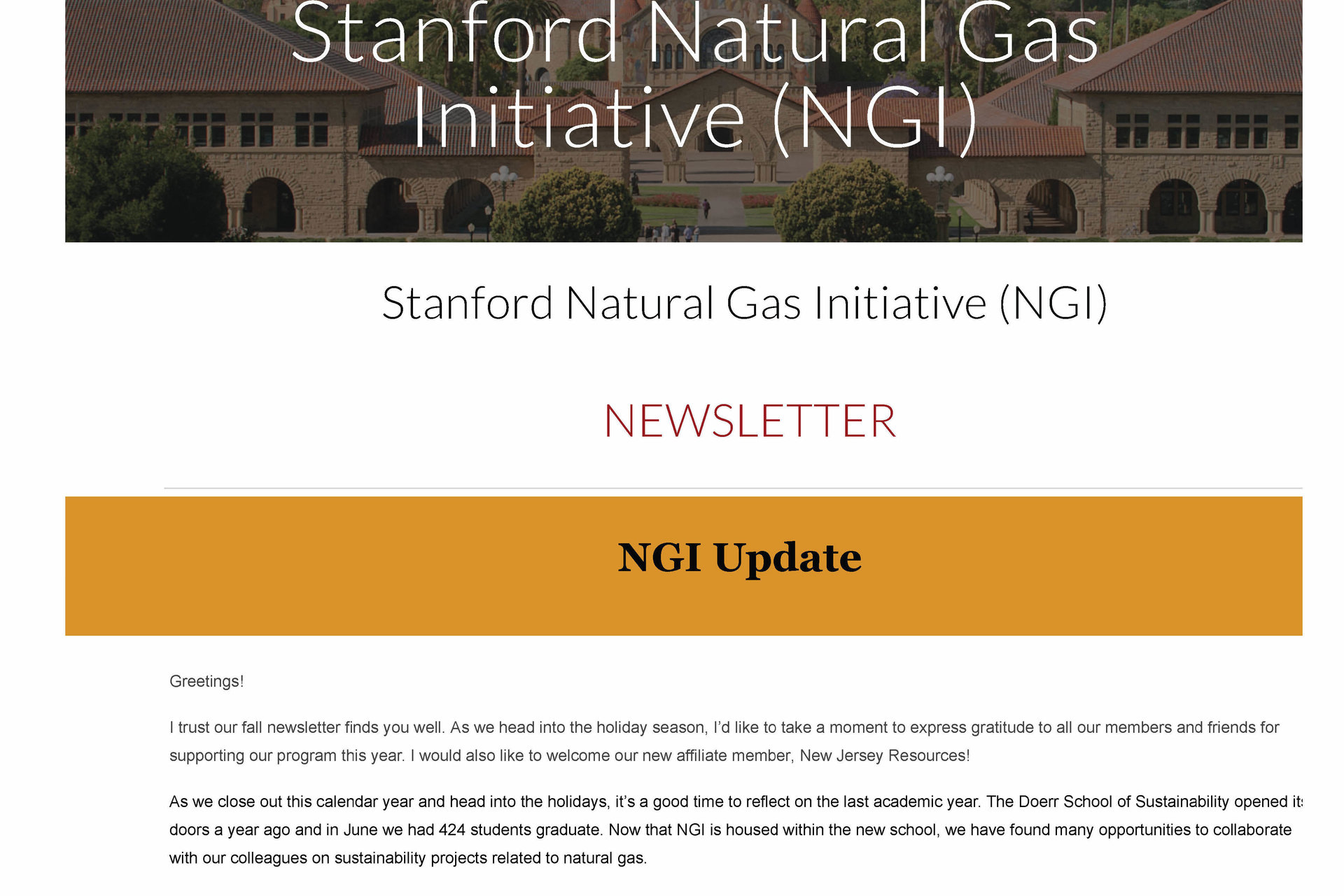A new preprint, jointly supported by NGI, ExxonMobil, and the Stanford Strategic Energy Alliance
There is a new preprint, jointly supported by NGI, ExxonMobil, and the Stanford Strategic Energy Alliance, showcasing results of the first-ever independent single-blind methane controlled release test of space-based methane sensing.
In this work, Stanford researchers Evan Sherwin, Jeffrey Rutherford, Yuanlei Chen, Rob Jackson, and Adam Brandt, along with collaborators from ExxonMobil and University of Michigan, orchestrated large methane releases from a test site in Arizona over a 19-day period while five commercial and government satellites passed overhead (GHGSat, WorldView-3, PRISMA, Sentinel-2, and Landsat 8). The satellites were highly effective at detecting methane emissions. Five participating analysis teams correctly identified 71% of all emissions, ranging from 0.20 [0.19, 0.21] metric tons per hour (t/h) to 7.2 [6.8, 7.6] t/h. Despite a quantification error in individual measurements, estimates are largely unbiased on average.
Using data from an NGI-supported comprehensive aerial survey of the New Mexico Permian Basin, we estimate that a similar survey using satellite networks with detection limits ranging from 5-0.1 t/h would see 18-81% of total regional methane emissions from the oil and natural gas system. Thus, our field validation suggests that satellites can contribute substantially to efforts to find and mitigate methane emissions.
This independent validation of the emerging methane technologies establishes credibility with key government and industrial stakeholders, providing a critical foundation for methane reduction efforts across the globe.
Explore More
-
Morning Energy Live Webinar with Naomi Boness



